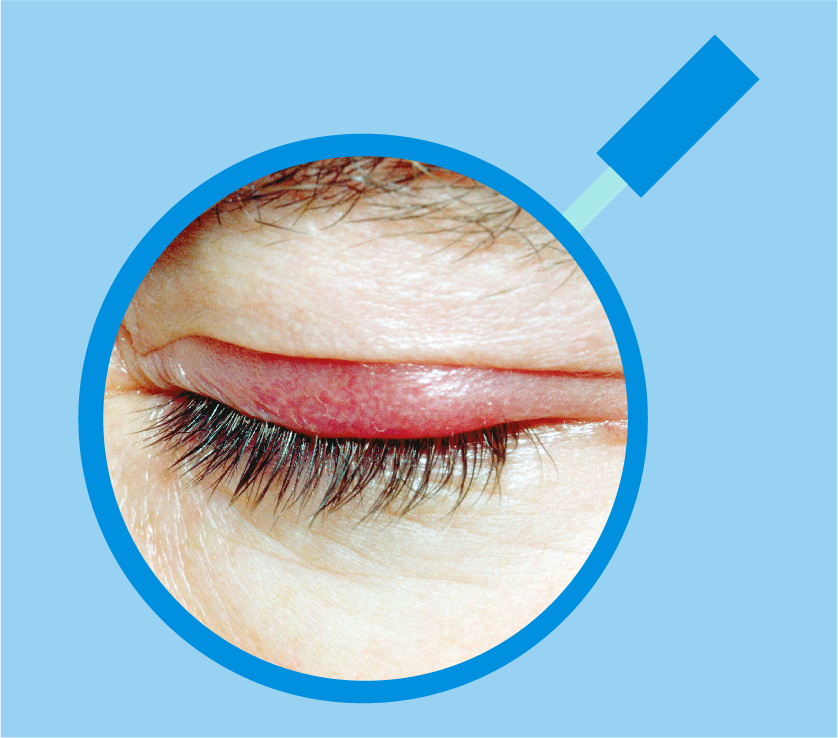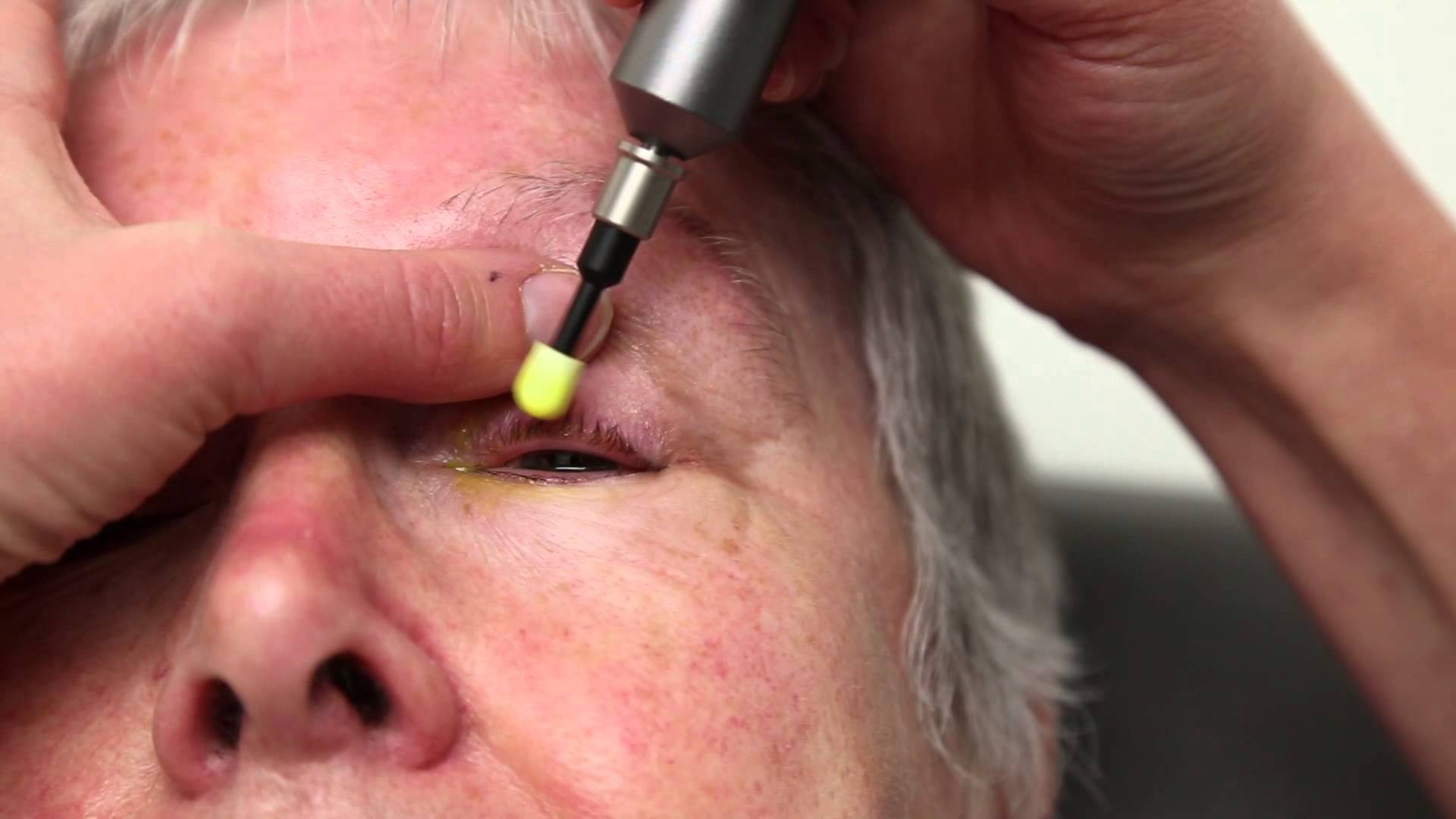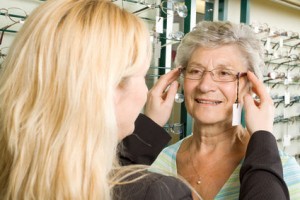Constant video conferencing could be creating a hidden epidemic of eye issues.

Blepharitis is a common eye condition causing inflammation of the eyelids. Usually affecting both eyes at once, although sometimes being worse in one eye, the condition can be categorised into two types. Anterior blepharitis results in inflammation at the base of the eyelid and can be caused by bacteria like staphylococci, or seborrhoeic dermatitis. Posterior blepharitis, on the other hand, results in inflammation of the meibomian glands, which help to produce tears1.
Pharmacist Sultan Dajani and advisor to Golden Eye®- makers of a range of drops and ointments to treat conjunctivitis, styes and blepharitis says: “Blepharitis is estimated to account for around 5% of eye-health- related GP visits and a survey of eye health professionals in the US found blepharitis in 37% of ophthalmology (the diagnosis and treatment of eye disorders) cases and 47% of optometry (the examination of the eyes to detect vision defects and eye health issues) cases2. So, while it may seem like a mild irritation, blepharitis is no small issue – especially when you consider that those figures were gathered before the pandemic turned the world upside down.”
All eyes on Zoom culture
For many of us life has changed dramatically, in all sorts of ways, since March 2020, with one of the biggest adaptations for office workers being a shift to working from home for 100% of their working week. While this may bring certain wellbeing advantages to some, such as eliminating gruelling commutes, and freeing up more time to sleep and to prepare nutritious meals, there are also wellbeing disadvantages to leaving office life behind.
Pharmacist Sultan Dajani adds: “People who used to physically go to work in an office each day are missing out on a lot of their former in-person social interaction. Work matters once discussed over a cuppa in the office kitchen are now resigned to video conferencing calls. This in itself may not seem like a huge issue (some may even prefer it this way) but when you add it to the other 7+ hours workers are now spending in front of a screen, it doesn’t leave much respite for the eyes.”
“According to a recent study, 93.6% (381/407) of people increased their digital device time after lockdown was put in place, equating to an average increase of 4.8 hours a day, and raising the average amount of screen time per day to 8.65 hours3. Sitting in front of a screen all day, focusing our eyes on one place, may cause us to blink less often4. This can present a big problem for the eyes as blinking is essential to spread tears over the ocular surface. If this isn’t happening at the required rate, the tear film can evaporate, which can irritate the cells lining the cornea, leading to inflammation and discomfort.”
“Adding insult to injury, the blue light from a screen is a powerful suppressor of melatonin, which we need to secrete to get a good night’s sleep5. Being exposed to it for prolonged periods, especially before bedtime can mean it takes us longer to get to sleep, and result in poorer quality sleep. This, in turn, can have an effect on how well our body’s immune system is able to fight off infections6 like blepharitis.”
Fighting inflammation with the dermatitis diet Atopic dermatitis is a condition that can similarly be worsened by a weakened immune system due to a lack of sleep, and this common skin condition can actually be the cause of blepharitis7. However, there are some dietary considerations to experiment with, which may help alleviate irritated skin, and eyes.
These include checking you’re not sensitive to common allergens, such as dairy, eggs, soy, gluten, nuts, fish and shellfish. Foods containing trans fats, like shop-bought cakes, margarine and processed foods, and those high in sugar, such as sweets, soft drinks and desserts can cause inflammation in the body8 and result in dermatitis flare ups. However, there are also some foods that it might be good to get more of, to help balance the body’s inflammatory response mechanism9. These include omega-3-rich oily fish, such as salmon, mackerel, anchovies, sardines, herring and trout. Similarly, quercetin, a natural chemical found in plants like spinach, broccoli, apples and blueberries, is an antihistamine and antioxidant, which may help bring the inflammatory response under control in the event of a dermatitis flare up10.
Due to the strong link between good gut health and a properly functioning immune system, it’s also a good idea to feed your microbiome to help your body combat dermatitis11. Probiotic foods such as natural yoghurt, pickles, fermented cheeses, kefir, sauerkraut and kombucha are great sources of food for your beneficial bacteria. Your immune system will also thank you for including a wide variety of colours and types of vegetables and fruits in your daily diet, helping you achieve optimal levels of key micronutrients to maintain good health.
Keep it clean
If you do find yourself prone to bouts of blepharitis, wearing contact lenses and makeup – especially eyeliner – should be avoided during flare ups. One of the most effective things you can do to alleviate the symptoms is to keep your eyes clean. The NHS12 recommend cleaning your eyes at least once a day, even once your symptoms have started to clear up, and break it down into three simple steps:
- Soak a clean flannel or cotton wool in warm water and place it on your eye for 10 minutes.
- Gently massage each eyelid for about 30 seconds.
- Clean each eyelid using cotton wool or a cotton bud.
They also suggest that it might be helpful to use a small amount of baby shampoo in the water. A separate cotton wool pad or flannel soaked in water should be used for each eye, wiping from the corner nearest the nose outwards to avoid spreading the infection to the other eye, if possible.

